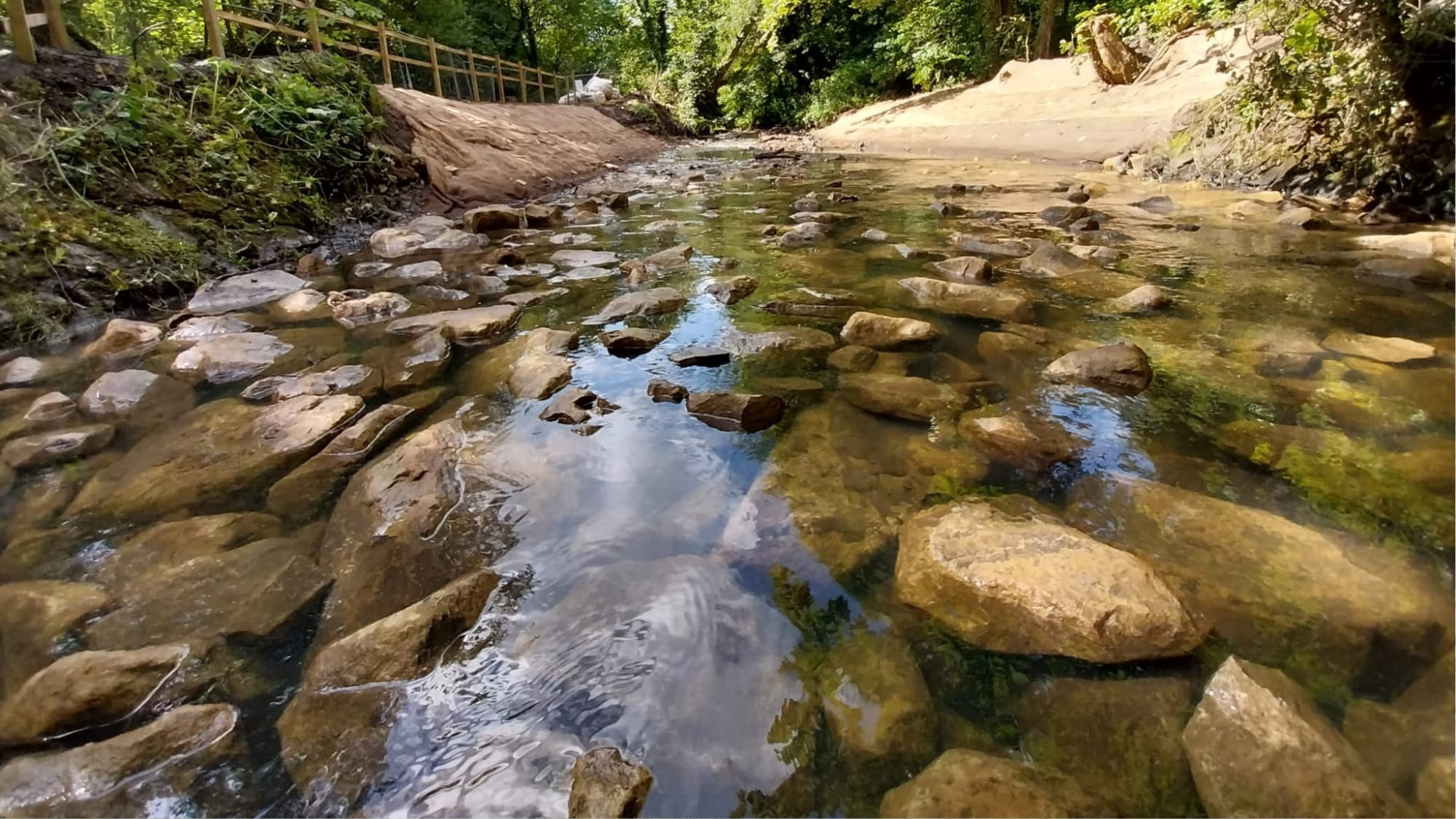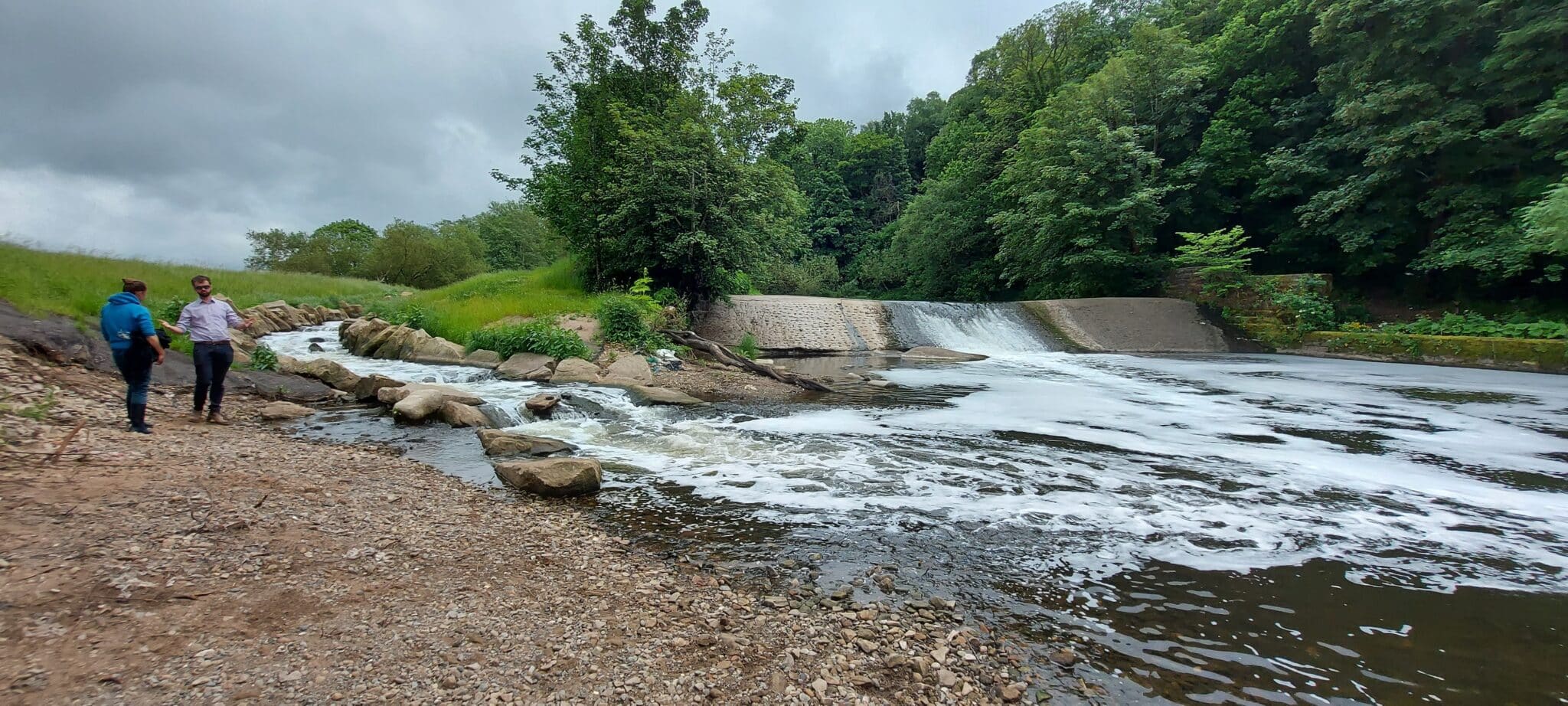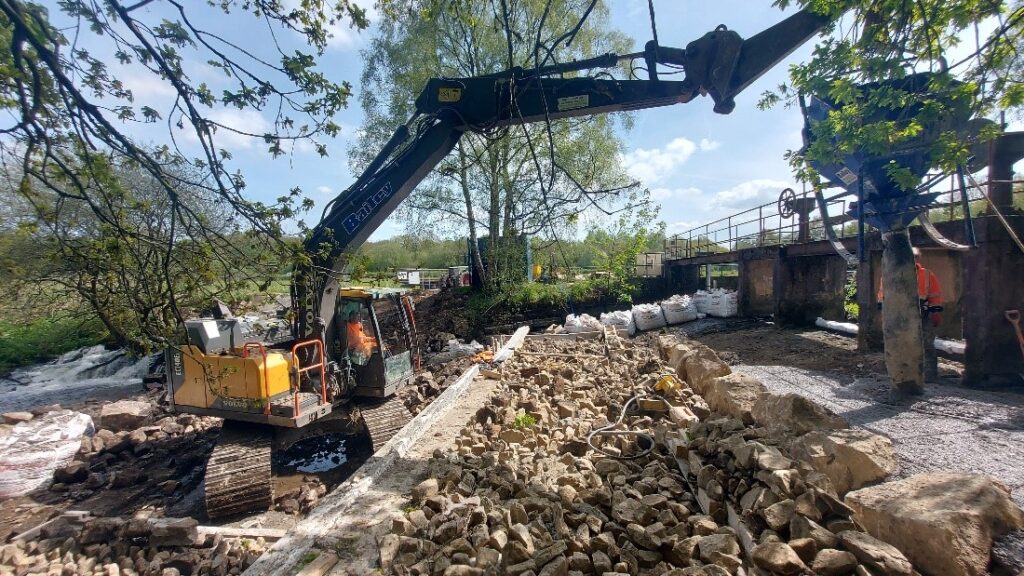
What Is River Restoration?
River restoration is at the heart of everything we do, and every day our dedicated team are on the ground working to improve our rivers for wildlife and people.
But what exactly is river restoration, and is it really that important?
In short, river restoration aims to restore a river to the most natural state possible; and yes, it’s really important! After all, rivers and their catchments provide us with a wide range of benefits (known as ecosystem services) which include water supply, flood water storage, carbon storage, wildlife habitats, biodiversity, recreation, and food supply.
tell me more about river restoration!

River restoration is a fairly broad term. In fact, it can refer to any efforts to restore a damaged or modified river. In the Ribble catchment this damage is often comes from one of three sources; man-made barriers and artificially straightened rivers associated with historic industralisation, urbanisation and sewage or point source pollution, and diffuse agricultural pollution. So, most of our work goes towards addressing these issues.
This means that our river restoration work often focusses on activities like removing river blocking barriers like weirs, de-culverting rivers to bring them back into the open, and rewiggling artificially straightened rivers. Additionally, our team also work with local landowners, farmers, and residents, as well as local authorities, and even planning departments and developers to try and ensure that everyone balances the need for food production, housing, and infrastructure with the need for healthy rivers, wildlife habitats, and green spaces.
So our rivers really need restoring?
It might seem like we’re undertaking a mammoth task, and in many ways we are. But it’s also a very important task.
Rivers are the heart of our natural world, providing the water that every plant, tree, insect, amphibian, bird, mammal, and human needs to survive! Now, as infrastructure, housing needs, and car use grow alongside the human population, we need these rivers more than ever. With the additional threats of droughts, floods, increasing temperatures, and unpredictable and unstable weather, we need healthy and resilient rivers more than ever.

If we can restore rivers to the most natural state manageable then they can be more resilient to factors we can’t control, like climate change. Alongside other work like natural flood management (NFM), riverside tree planting, wetland creation, pollution control, and improving habitat connectivity, our river restoration with will help to protect human and wildlife communities across the Ribble catchment.

